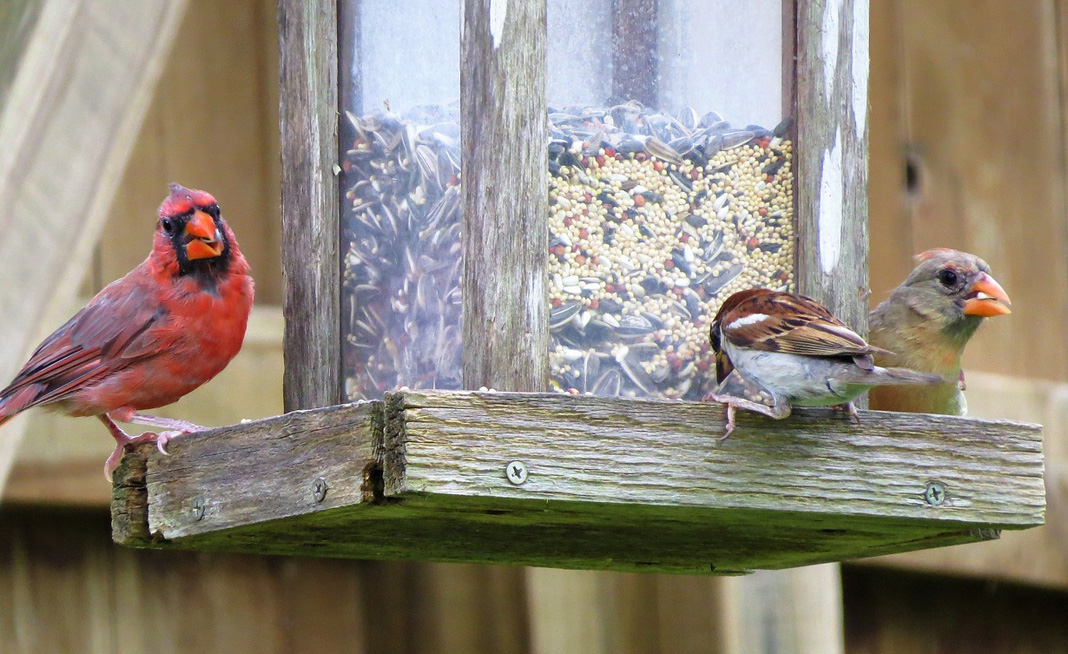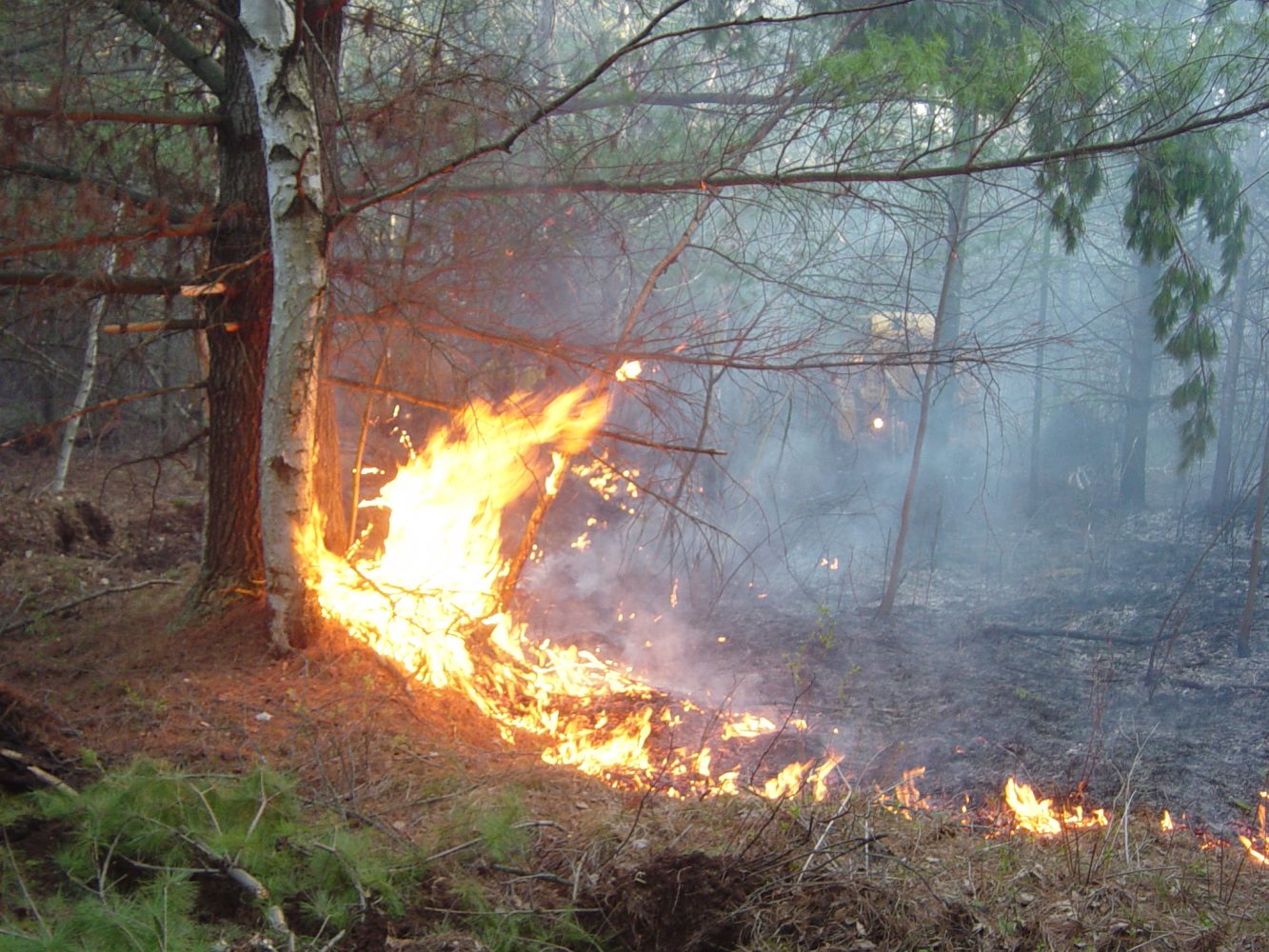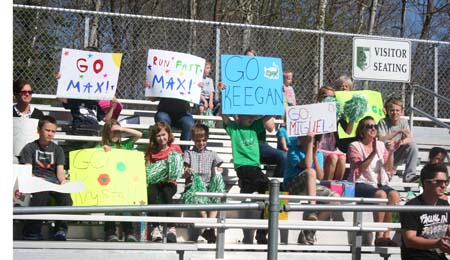Feeding our feathered friends

BY THE MASKED BIOLOGIST
Special to the Star Journal
 If you have never fed birds, but are considering it, do a little research on the area around your home or office to see what kinds of feeders your neighbors have out and the kinds of birds you can expect to see. The number and types of birds you can expect are determined by factors like the kinds of food, the weather, and proximity to cover.
If you have never fed birds, but are considering it, do a little research on the area around your home or office to see what kinds of feeders your neighbors have out and the kinds of birds you can expect to see. The number and types of birds you can expect are determined by factors like the kinds of food, the weather, and proximity to cover.
Select the foods for birds that are most likely to be in the area, especially in the wintertime. Most commercial seed mixes have a sizable percentage of milo or millet seeds, which makes the seed mix cheap, but you end up wasting your money because the birds fling it on the ground. There are a few desirable birds that like millet, like dark-eyed juncos, native sparrows and mourning doves; however, those birds migrate south for the winter and might be replaced at your feeder by starlings and house sparrows.
I usually purchase either a large bird/cardinal mix or simply a bag of black-oil sunflower seeds. These have the greatest appeal to the broadest variety of winter birds and contain a high energy content.
Cardinal mixes contain sunflower, safflower, peanuts, sometimes some shelled corn or peanuts that attract woodpeckers, blue jays, nuthatches, and chickadees as well as cardinals. You may want squirrel-resistant feeders, unless you enjoy watching squirrels run off with an occasional peanut. Sunflower seeds are a can’t miss. Just about everything eats them for their high energy meat; it would be difficult for me to come up with a bird that dislikes them. In addition to the birds listed above, you can also expect purple finches, goldfinches, grosbeaks, crossbills and titmice to show up.
The birds eat the seeds with enthusiasm, spitting hulls everywhere. This can make a big mess for you to clean up later; you may not want these feeders to be located over decks or patios. The smallest food I put out might be thistle seed, sometimes called Niger seed. This is great for pine siskins, goldfinches, redpolls, house and purple finches. Normally these are placed in tube or sock feeders, but when we get a major influx of redpolls and pine siskins you can feed far more birds in a tray feeder or deck railing feeder.
Another food option is hanging suet balls, suet mix blocks, or putting out peanut butter to supply high energy food for woodpeckers, chickadees and nuthatches. I might hang these up in the wintertime, but I am careful not to hang suet when bears are out. Peanut butter can be smeared on a stick or log, or if you’re feeling crafty, smear some on a pinecone and roll it in sunflower seed before hanging it outside.
Feeders should be near the protective cover of pines, spruce or juniper trees so birds can rest in the shelter of those trees between visits to the feeders, yet far enough from ambush cover that they feel like they can feed without fear of being snatched by a hawk or other predator. Be aware that if a lot of pet cats or feral cats roam your neighborhood, birds will not likely visit your “last meal” setup.
If placing multiple feeders, use several feeder clusters of three to four feeders per cluster and a ground feeding site. Each cluster has a variety of feeder types that offer larger seeds, smaller seeds, and suet. Keep the feeders as clean as possible. Bring them in and wash them with a mild bleach solution. If there are a lot of bird feces visible where the seed hulls are, that poses a health risk for the birds. Rake them up as much as possible, scrape them off with a shovel, spread them out or bury them with more snow to keep the health risk to a minimum. If you have a large enough yard, you can change the feeder locations to reduce the amount of waste concentrated in one area.
Finally, as you might imagine, difficulty finding open water can cause stress for birds in winter. Several excellent birdbaths with heating elements and thermostats are available from bird-feeding supply stores. As with the bird feeders, watch for fecal matter and make sure to wash the dishes when necessary to keep them clean. Every year we have numerous pine siskins and redpolls that die of salmonella likely contracted at communal feeding or watering sites.
The Masked Biologist earned a Bachelor of Science degree in wildlife biology. His work in natural resource agencies across the country provided opportunities to gain experience with a variety of common and rare fish, plant and wildlife species. Follow The Masked Biologist on Facebook. Email questions to [email protected].
Leave a reply
You must be logged in to post a comment.





